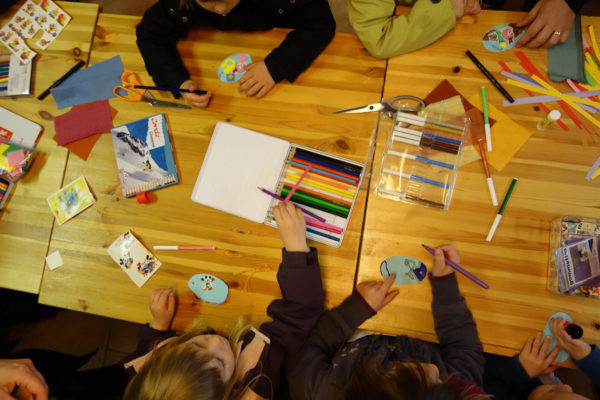By the time your child reaches primary school they will have developed the gross motor skills of crawling, walking, jumping, running, throwing kicking and the fine motor skills of being able to undertake tasks such as picking up crayons, pencils, puzzle pieces, threading and twisting and construction such as stacking building blocks. For a child with ADHD it is about their attention to these tasks, their impulsivity, hyperactivity and ultimately their safety.

Specific attention to these symptoms needs to be undertaken to ensure the development of these areas continues and that the essential social interactions that occur when undertaking these activities also develop. Let’s think about how strategies can be put into place to cover both the areas of motor skill development and interaction with others.
Gross motor skills
These will be explored in the early primary school years through what is called a perceptual motor program or PMP. Through the perceptual-motor activities your child will develop greater levels of body control, better coordination and greater body awareness. As your child progresses through school, sports program activities will begin. Team sports not only develop motor skills but also essential social skills as well. It is here that the symptoms of your child’s ADHD may have an impact. It may be necessary to have more break times for your child to manage the interactions and the concentration levels required. The teacher will need to be aware of the impact of the ADHD, particularly in regard to how the inattention, impulsivity and hyperactivity impact upon the child, in order to keep everyone safe and engaged.
Fine motor skills
This may be a particular challenge to a child with ADHD. Generally speaking a child with ADHD has messy handwriting and attention to detail can be minimal. For them it is about getting to the end point. The ability to attend to the tasks required is impeded by the need to finish, their fidgeting and getting distracted by other things. By modifying the work task this can be helped. For example, instead of giving the child a one page worksheet divide the sheet into two or three. This way the child is seeing finish points along the way and is not overwhelmed by the work. They can take their time and handwriting may improve. The same approach can be used at home. For instance, you want your child to pick up their toys, put them away, make their bed and put their dirty clothes in the laundry bin. This is four pieces of information. If your child remembers and does one you will be lucky! Try a checklist or schedule to list and tick off as tasks are finished. This way your child is focused on one thing at a time, can self-manage the tasks and has a sense of achievement at the end when it is all completed.
Motor skill development will require further methods of management if your child has an added learning disability such as Autism Spectrum Disorder(ASD) or an Intellectual Disability(ID). Motor skill development for these children could take a longer period of time.